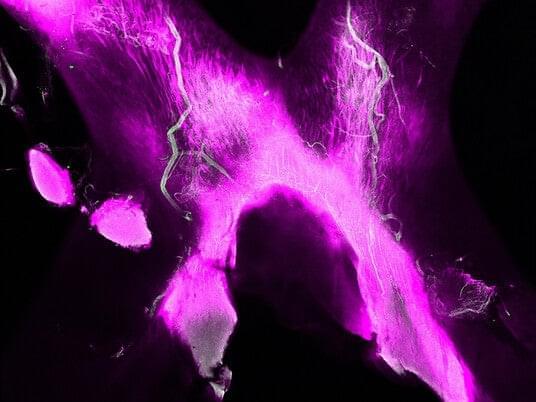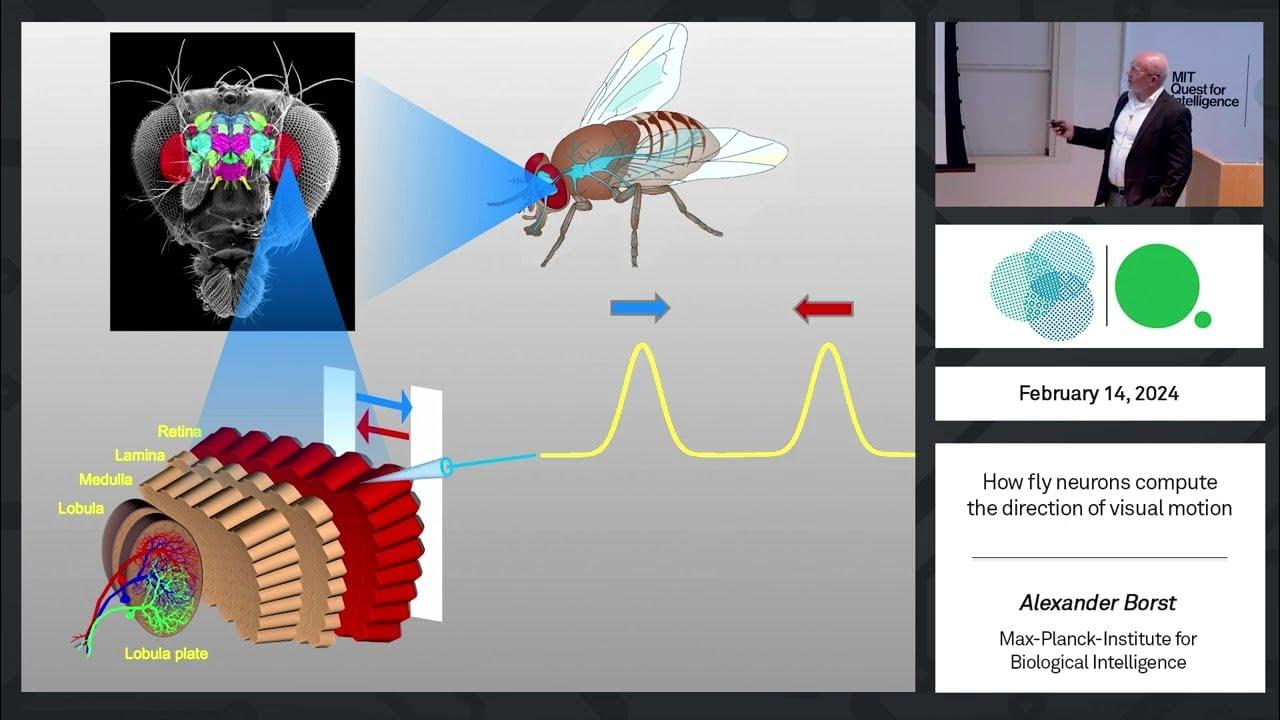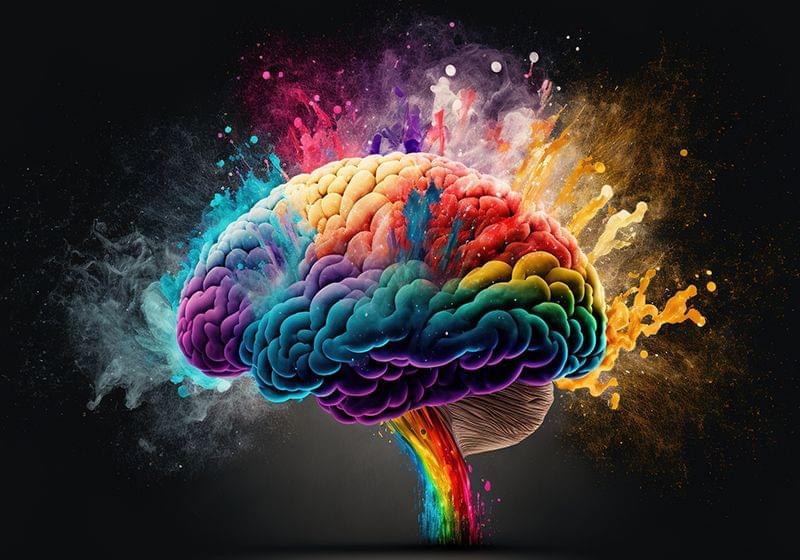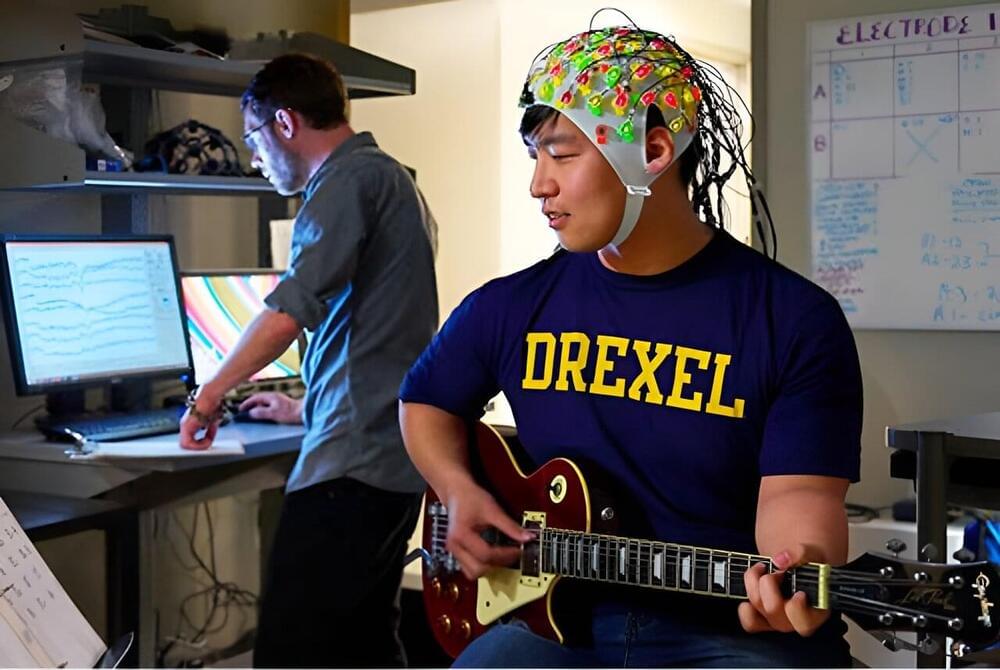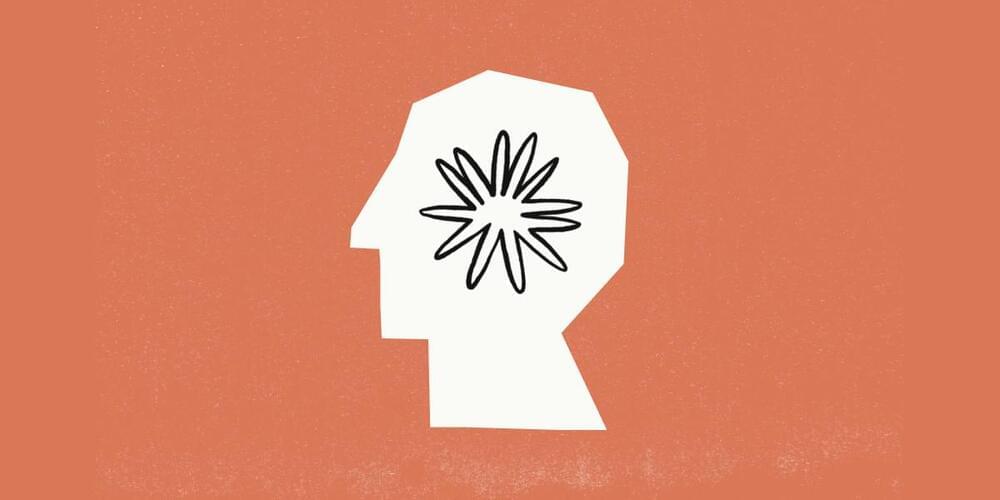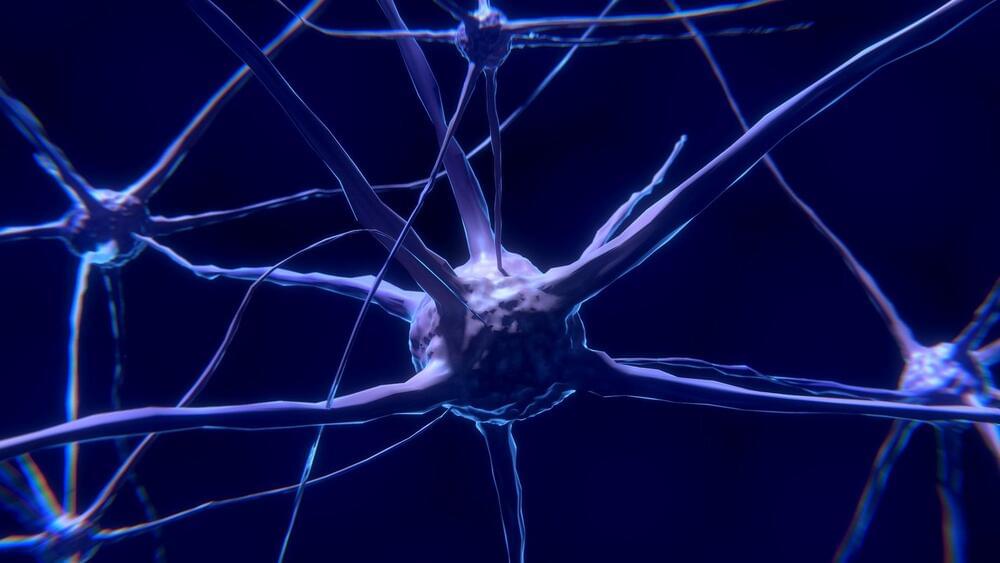Mar 8, 2024
In fight against brain pathogens, the eyes have it
Posted by Shubham Ghosh Roy in categories: biotech/medical, neuroscience
The eyes have been called the window to the brain. It turns out they also serve as an immunological barrier that protects the organ from pathogens and even tumors, Yale researchers have found.
In a new study, researchers showed that vaccines injected into the eyes of mice can help disable the herpes virus, a major cause of brain encephalitis. To their surprise, the vaccine activates an immune response through lymphatic vessels along the optic nerve.
